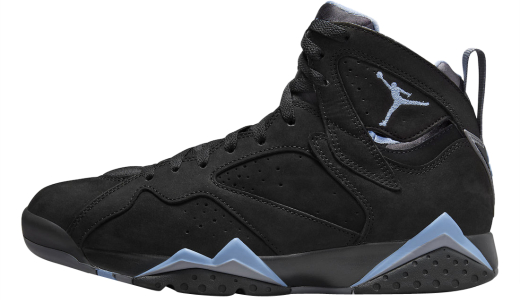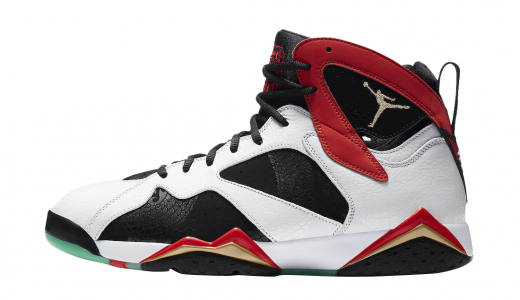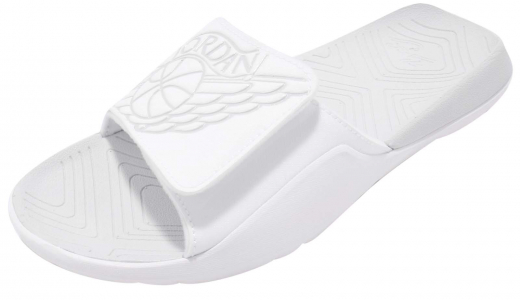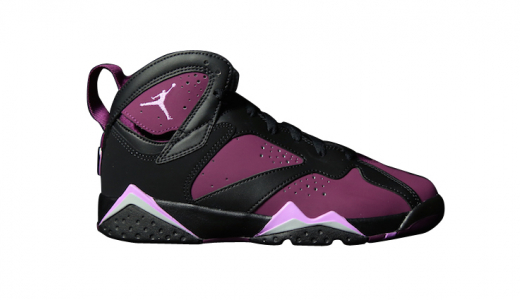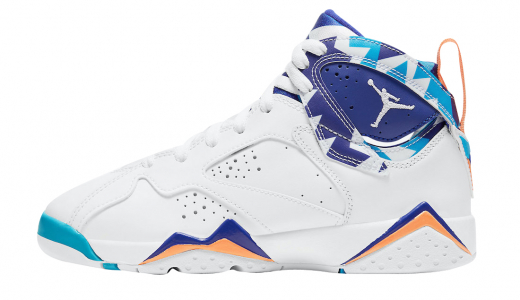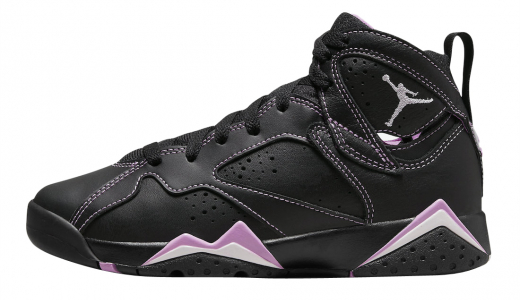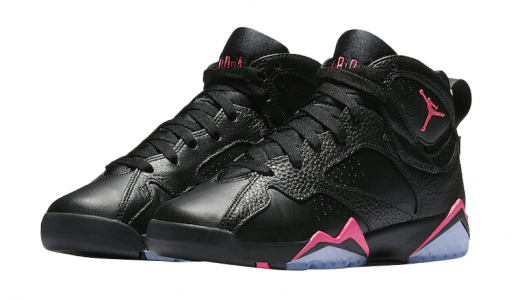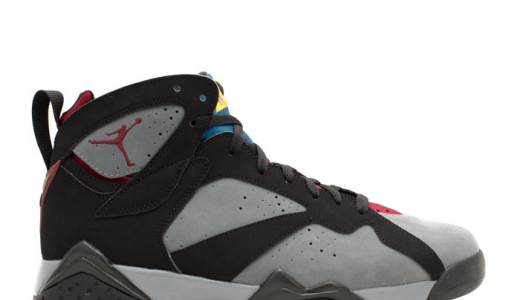Air Jordan 7
The Air Jordan 7, a pivotal release in the iconic Air Jordan line, debuted in 1992 and marked a significant evolution in both design and performance. Air Jordan designer Tinker Hatfield drew inspiration from West African tribal art, incorporating vibrant patterns and bold color schemes that distinguished the shoe from its predecessors. One of the most notable features of the Air Jordan 7 was the absence of the Nike Air logo, signaling a shift towards the development of the Air Jordan brand as its own identity. The shoe also featured a Huarache-style inner sock, promoting a snug and comfortable fit, which was an innovative approach in basketball footwear at the time.
Michael Jordan's performance in the Air Jordan 7 further cemented its place in sneaker history. During the 1991-1992 NBA season and the subsequent Summer Olympics, Jordan wore the Air Jordan 7 as he led the Chicago Bulls to their second consecutive championship and represented the United States on the legendary "Dream Team." The shoe's association with these historic achievements elevated its status among fans and collectors. Additionally, the Air Jordan 7's presence in popular culture, including its appearance in advertising campaigns and music videos, helped it transcend its performance roots and become a fashion staple. To this day, the Air Jordan 7 remains a beloved model, celebrated for its cultural impact and timeless design.


